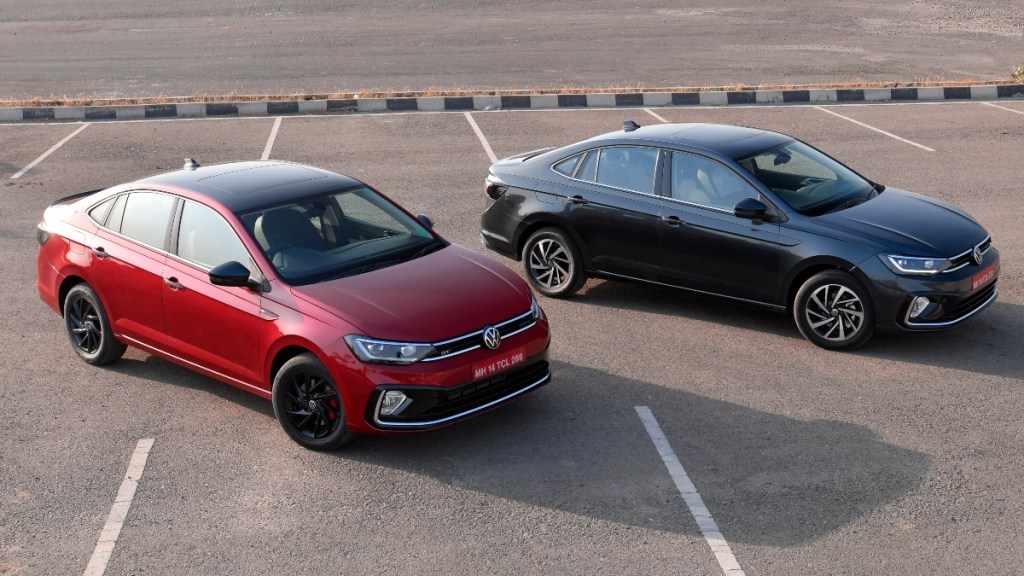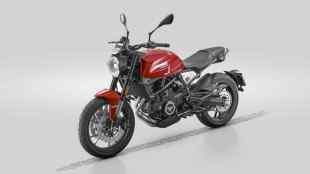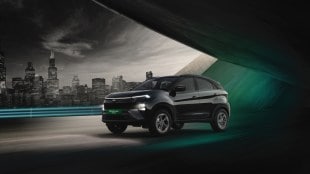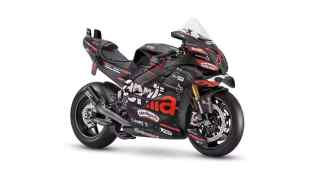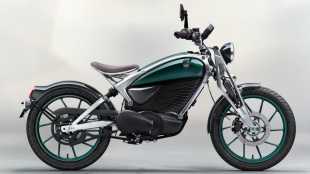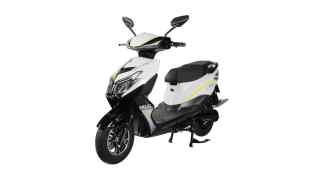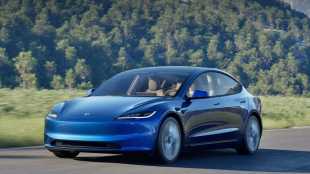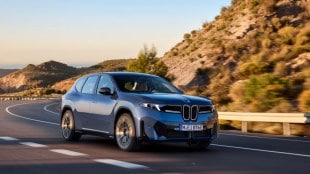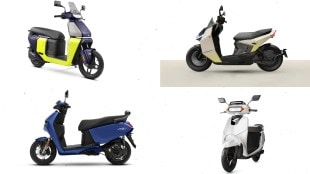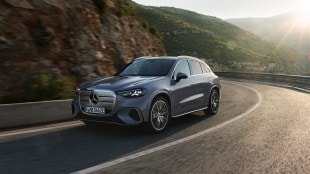No doubt the hottest-selling vehicles are SUVs, but according to Volkswagen India, in the last two years, the hatchback segment has been losing its ground while the sedan class has more-or-less remained stable. The German manufacturer believes that the three-box division has been stagnant because of the lack of options and both Volkswagen and Skoda want to capitalise on this. They want to expand the segment and be the leaders and this is where Virtus comes in. The Virtus will not have a free reign as it will take on the segment leader Honda City, Maruti Suzuki Ciaz, the Hyundai Verna and of course the Skoda Slavia. We find out what will make Virtus stand apart from its competition.
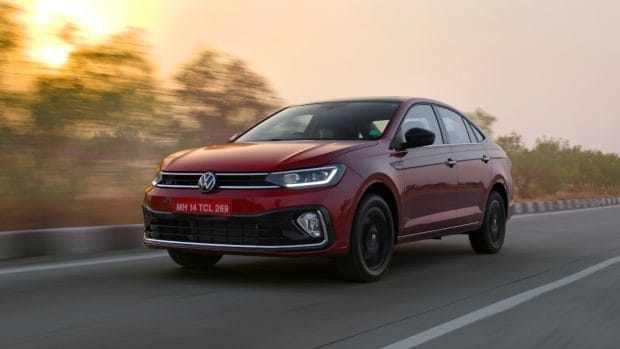
The most powerful sedan in its class
Numbers don’t lie. The 1.5-litre 4-cylinder turbo petrol packs quite a punch as it pumps out 148bhp and 250 Nm of torque making both the Virtus and the Slavia a force to reckon with. The Volkswagen duo also come with a 113bhp 1-litre 3-cylinder turbo petrol with 178 Nm of torque. Both the engines are mated to a 6-speed manual transmission but when it comes to automatic options, the 1.5-litre motor boasts a 7-speed dual-clutch (DSG) while the latter is equipped with a 6-speed torque converter.
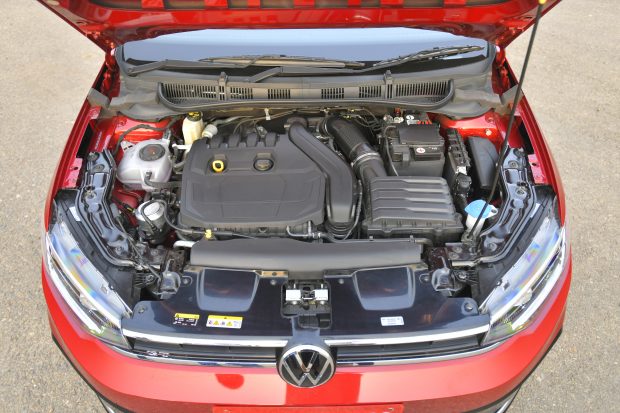
We will focus on the 1.5-litre engine as we drive the Performance Line or GT Line trim automatic. The Achilles heel with most turbo petrol engines is the turbo lag, especially when it’s mated to a torque converter transmission, but the DSG negates all this. On standard D mode, the gearbox upshifts quickly within 1,800rpm but the cherry on top is that it downshifts lightning-fast making overtaking other vehicles a breeze. If D mode is too mundane for your liking then switch on the afterburners, figuratively speaking of course, simply slot the gear stick to Sport mode. Instantly the engine becomes a bit louder but it’s more like heavy bass playing in the background rather than an annoying buzzing sound in your ears.
Watch Video | Volkswagen Virtus First Drive Review:
The rev needles gallop to 2,800rpm, but the second gear is taller and crosses 3,000rpm. Whether on standard driving mode or beast mode, the power kicks in seamlessly and never disappoints with plenty of pulling power thanks to the torque. To add more spunk to the driving experience, the paddle shifters literally offer instant throttle response at your fingertips and quench your ‘Need for Speed’ thirst. Just to give a clear picture of what the 1.5-litre Virtus is capable of, according to Volkswagen, it can do 0-100kmph in 9 seconds and has a top speed of 190 kmph. In simple words, it easily leaves its rivals behind.
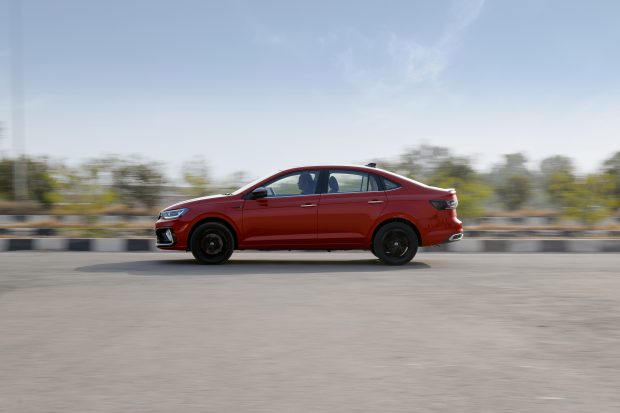
We are all well versed with this quote thanks to a certain superhero, ‘With great power comes great responsibility and that is exactly what Volkswagen’s done by keeping a firm eye on the fuel economy. The bigger 1.5-litre engine features cylinder deactivation technology that shuts off the two cylinders when maximum power isn’t required like when the car is cruising on the highway or driving at low rpm. This significantly reduces fuel consumption and based on our experience with both the Taigun and Kushaq, it is more efficient than the 1-litre.
Follow: Express Drives on Instagram, Twitter, and Facebook
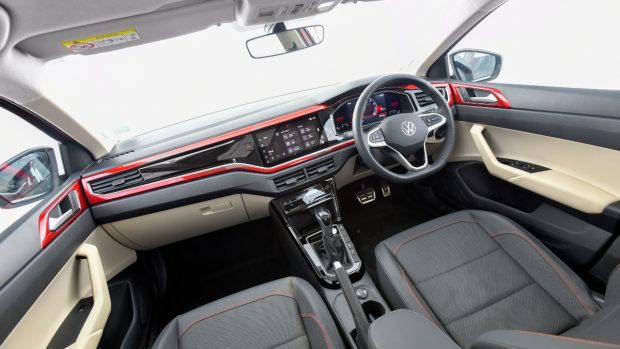
Making its presence felt
Virtus has a couple of big reasons to take notice of. Like Slavia, it has the widest cabin, largest boot space and the longest wheelbase, but even then the Volkswagen sedan trumps its sibling by being 4,561mm in length, that’s 20mm longer. With its direct competition offering a ground clearance between 165mm to 170mm, Virtus overshadows them by 179mm. On paper, it certainly looks like Volkswagen is holding all the aces, but we step inside the cabin and make ourselves comfortable in the rear passenger seat to find out how roomy it is. Clearly, they have smartly done space management as there was plenty of legroom. You can comfortably stretch out your legs and lounge at ease. The headroom, on the other hand, can be limited to passengers 6 feet in height or taller. The seat squabs are big and supportive and all three seats in the rear come with adjustable headrests.

Even though SUVs have been setting the sales charts on fire for the last couple of years, where they usually end up getting the boot is the limited luggage space and the Virtus is a champion in this department. The class-leading 521-litres of boot space beats both sedans and mid-sized SUVs. You can store big size trolley bags then add a midsize suitcase or duffle bags along with backpacks and chances are you’ll still find some space. That’s how impressive and practical it is. With a low stance, sedans usually end up scraping their underbody when they encounter tall speed breakers and potholes, but that’s not the case with the Virtus as it sails over all these booby traps with care in the world.
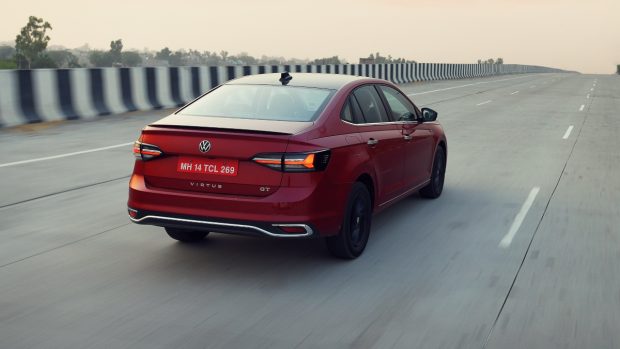
Road mannerisms
Based on the MQB A0 IN, the Virtus offers a cushioned ride quality at low speeds, especially for rear passengers. The suspension is spot-on as the sedan doesn’t wallow and even though there is a slight body roll due to its ground clearance, the lean isn’t excessive. Due to the heavier 1.5-litre engine’s weight, the car remains stable and fairly predictable while taking sharp turns. The steering wheel here plays a big part as it is light enough to weave your way out of slow-moving traffic and weighs up at higher speeds for better control on the highway.
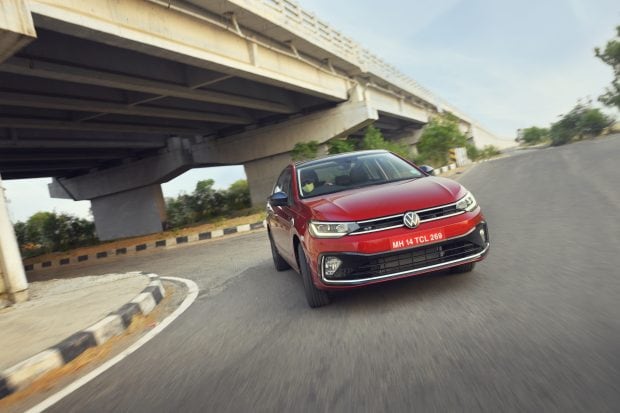
Verdict
There is no denying that the Virtus looks like the Jetta and retains the charismatic Volkswagen DNA. The Performance Line trim receives blacked-out bumpers, outside rearview mirrors, 16-inch alloy wheels with front red coloured brake callipers, a rear spoiler and GT badges on the front grille and on the side body panel. It comes standard with LED projector headlights. The Volkswagen sedan sports a crisp 10-inch infotainment touchscreen along with an 8-inch digital instrument cluster. It is equipped with numerous features like a music system with 8 speakers, wireless Apple Carplay and Android Auto, a sunroof, a tyre pressure monitor, and front ventilated seats. In terms of safety, the Virtus is packed with over 40 active and passive safety features like up to six airbags, electronic stability control, multi-collision brakes, hill-hold control and more. It certainly is an all-rounder as it offers a spacious cabin, commanding ground clearance and comfortable ride quality. The Virtus could revive the passion car buyers used to have for sedans, may it be enthusiasts or families.
Also Read: 2022 KTM 390 Adventure launched at Rs 3.35 lakh: Gets riding modes & more
Stay tuned with Express Drives for more updates and also, do subscribe to our YouTube channel for the latest auto news and reviews.
